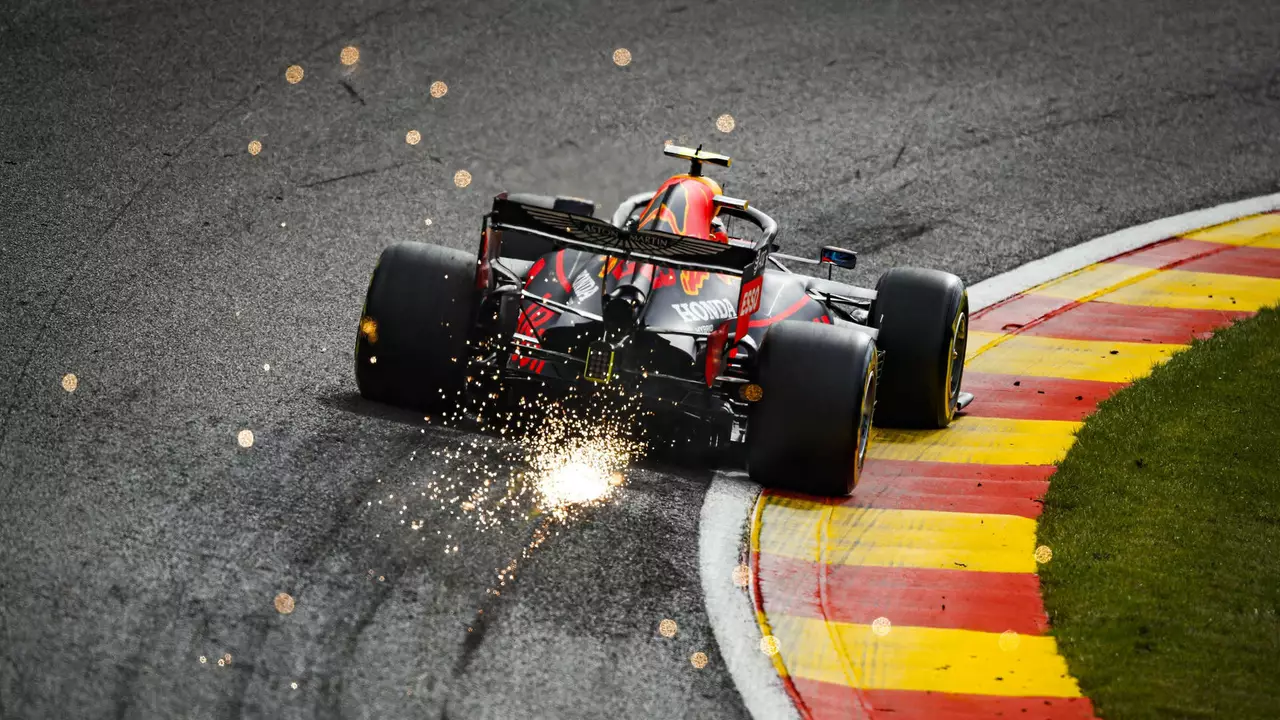F1 Race – What You Need to Know Right Now
If you’re new to Formula 1 or just want to stay on top of the latest Grand Prix action, you’ve landed in the right spot. Here we break down the essentials of an F1 race, from the moment the lights go out to the final chequered flag, and give you quick ways to follow every race without missing a beat.
What Makes an F1 Start Thrilling?
The start of an F1 race is more than just a green light. It’s a high‑pressure moment where drivers line up on the starting grid and wait for the lights sequence. When the red lights extinguish, those who have nailed their launch can gain a precious edge. The key factors are clutch control, tyre temperature, and reaction time. A good launch can put you in the top three before the first corner, while a slip‑up can drop you to the back of the pack.
Fans love this flash of chaos because it sets the tone for the whole race. It’s also why teams spend hours perfecting their launch procedures in the pits. If you’re watching live, keep an eye on the position of the cars in the first 20 seconds – that’s where the biggest moves happen.
How to Follow Every F1 Race Like a Pro
Staying up‑to‑date doesn’t have to mean juggling multiple apps. Here’s a simple routine:
- Schedule check: Note the dates and times of each Grand Prix. Most races are on Sunday evenings, but time zones vary.
- Live feed: Use the official F1 streaming service or a trusted sports broadcaster. They provide live timing, on‑board cameras, and expert commentary.
- Race recap: After the event, skim the highlights on YouTube or read a quick recap on a racing blog. Look for sections on qualifying, race start, pit strategy, and final laps.
- Social buzz: Follow the #F1 hashtag on Twitter. Drivers, teams, and journalists post real‑time updates that add context to what you see on screen.
Want deeper insight? Subscribe to a newsletter that sends a concise race summary each week. It’ll give you the key stats – fastest lap, tyre choices, and any penalties – without the fluff.
For those who love the technical side, focus on tyre strategy. Teams choose between soft, medium, and hard compounds, each offering a trade‑off between grip and durability. Watching when a driver pits for fresh tyres often tells you who’s trying to gain track position versus who’s protecting a lead.
Lastly, don’t forget the drivers’ backstories. Knowing a driver’s recent form or any off‑track news can make the race feel more personal. For example, if a rookie is making their debut, every overtake becomes a milestone.
With these pointers, you’ll be able to enjoy every F1 race like a seasoned fan, whether you’re at the track, on the couch, or scrolling on your phone.
How much fuel is consumed in one F1 race?
In a single Formula 1 race, the amount of fuel consumed can be quite surprising. Each car is limited to a fuel load of 110 kilograms, or roughly 144 liters, for the entire race. However, not every race sees the full fuel load used, as strategies often vary depending on the track and race conditions. Therefore, it's fair to say that while the maximum fuel consumption could be around 144 liters per car, it often tends to be less. Regardless, it's clear that fuel efficiency is a critical aspect of F1 racing.
Read More